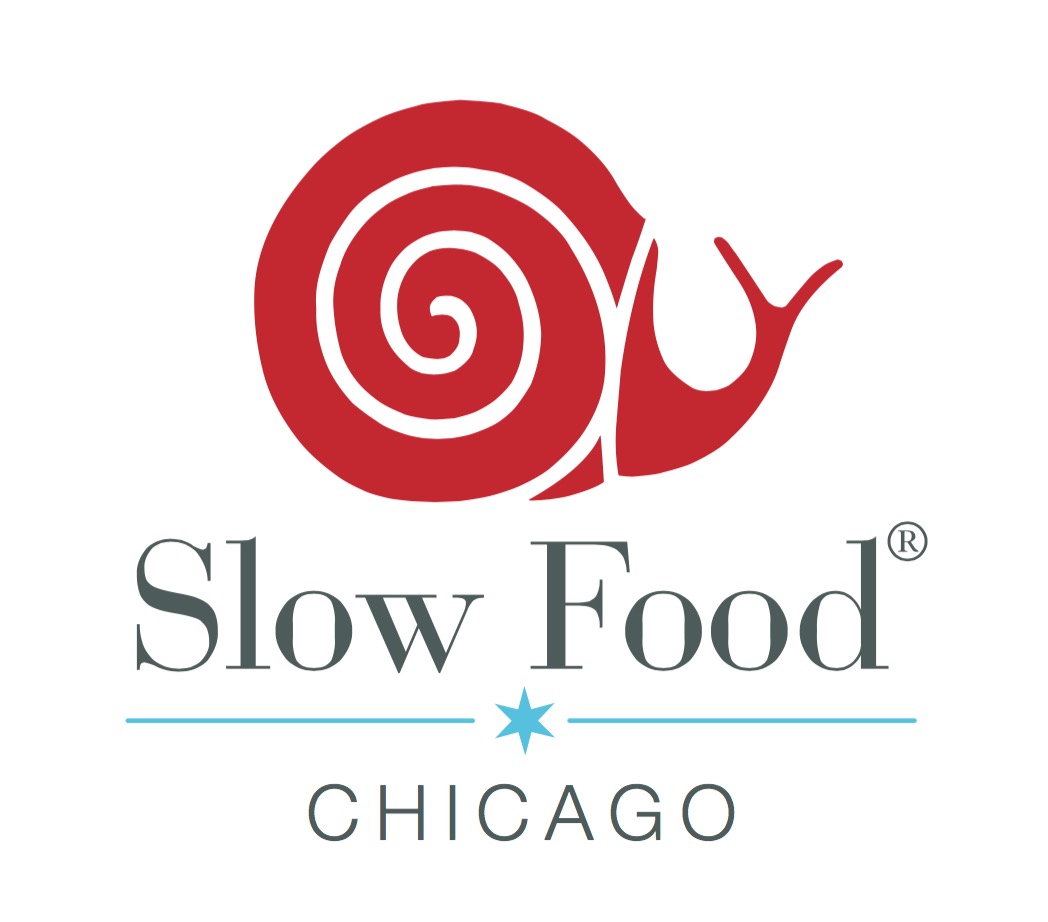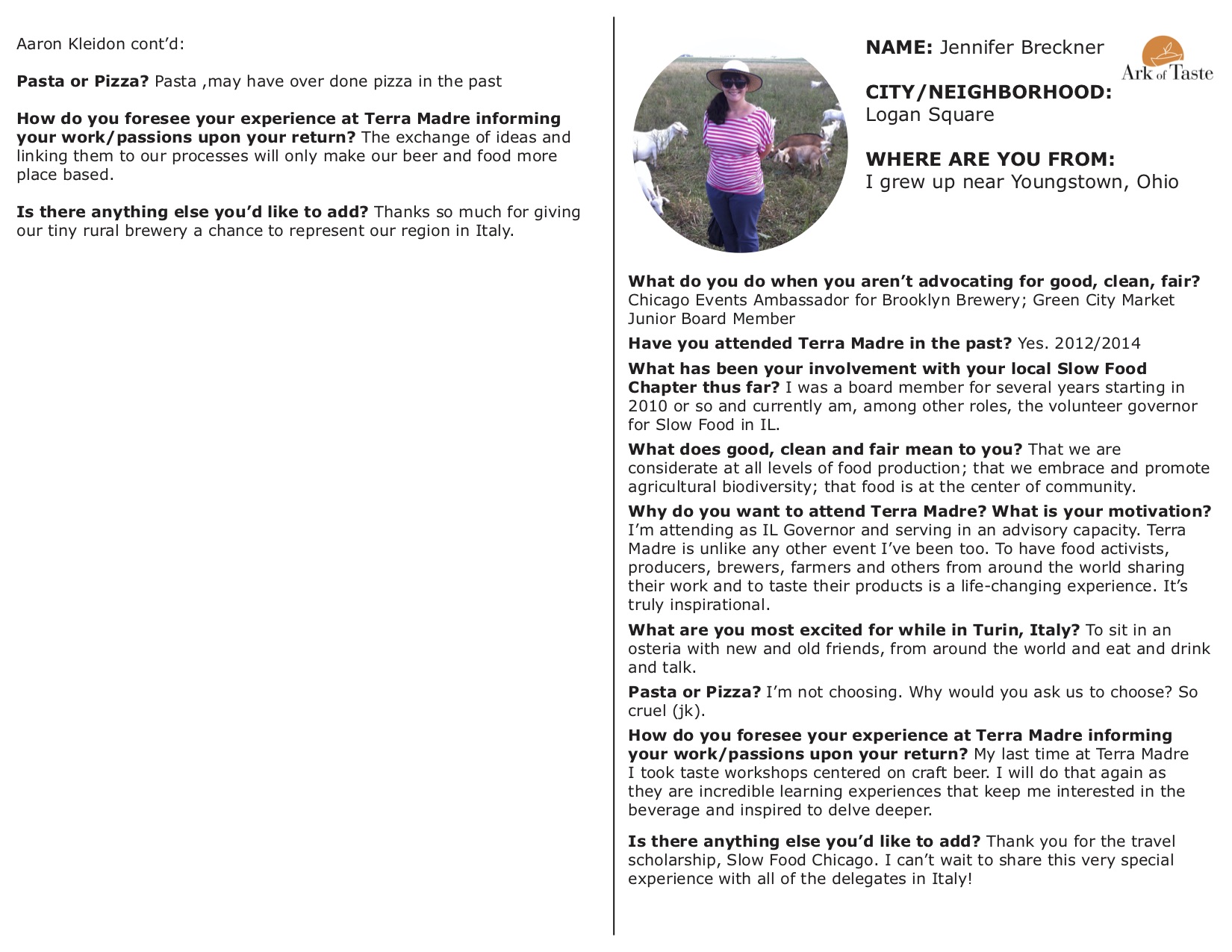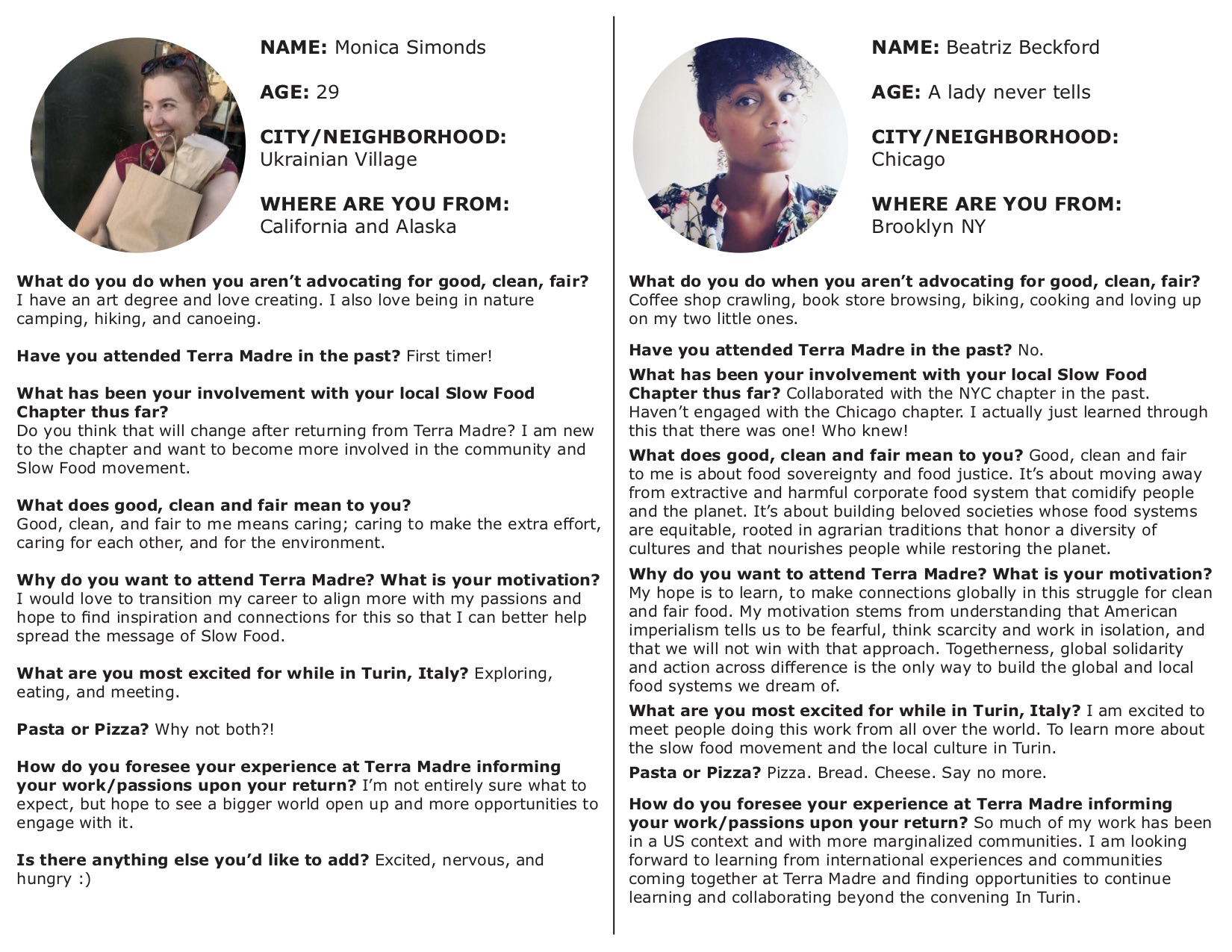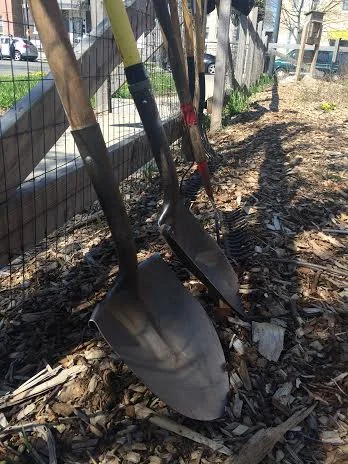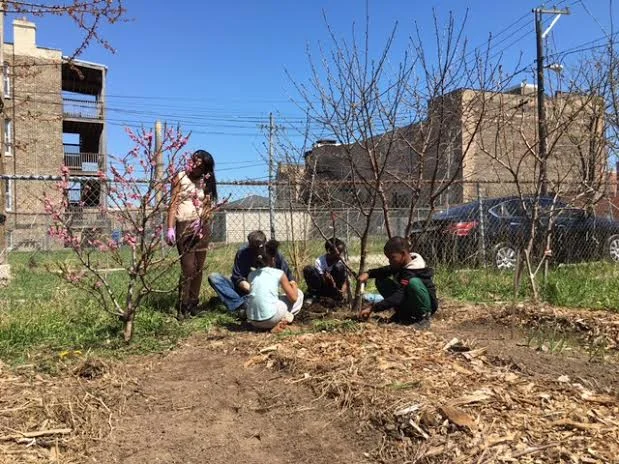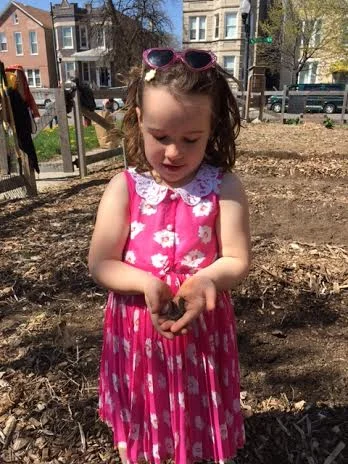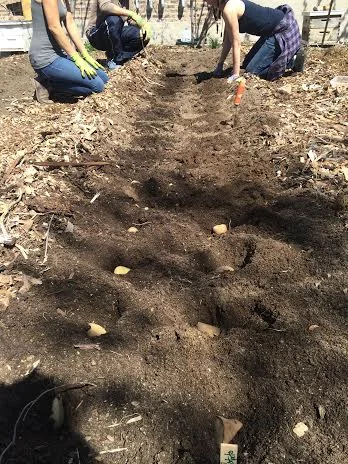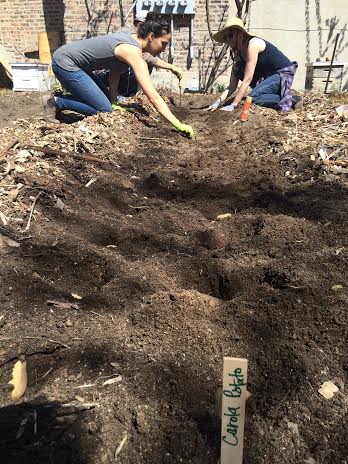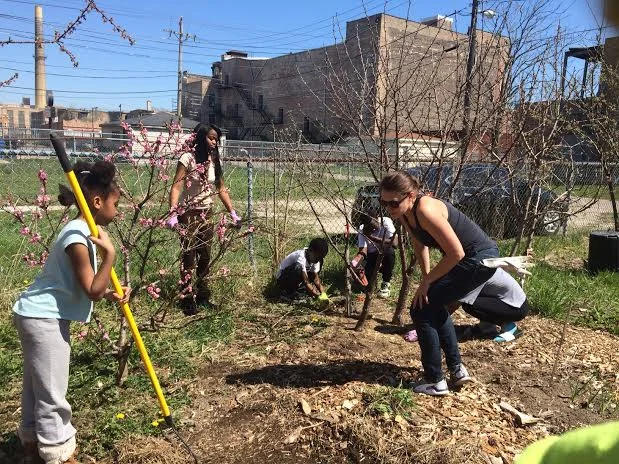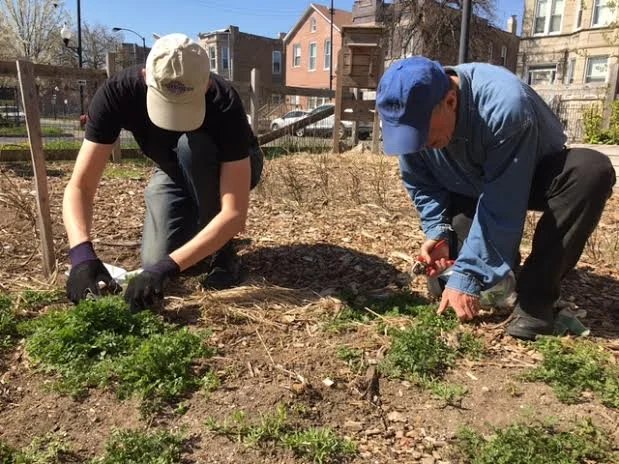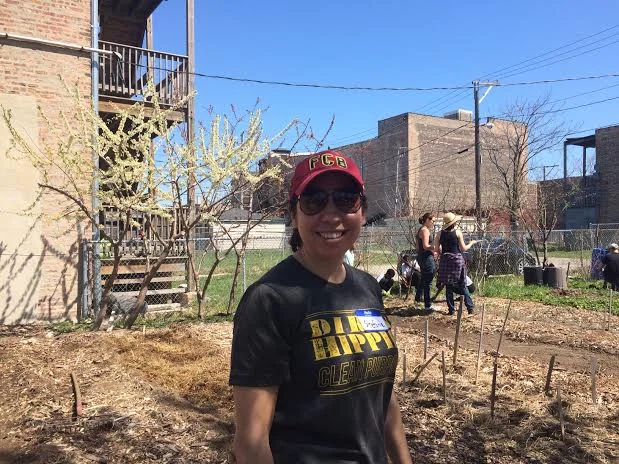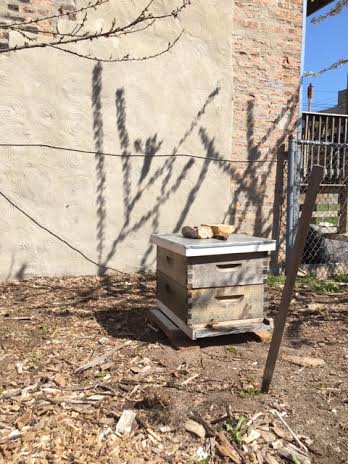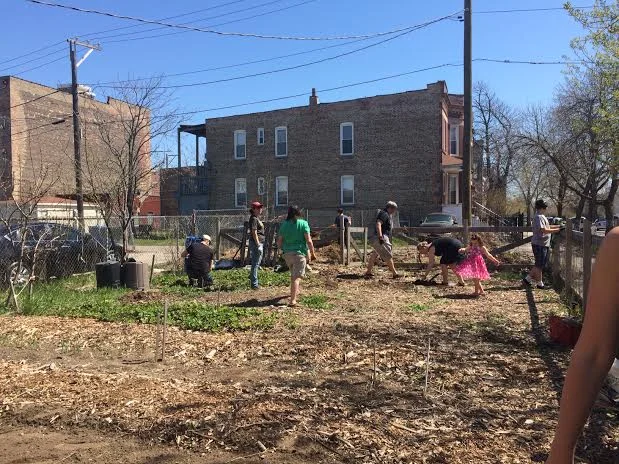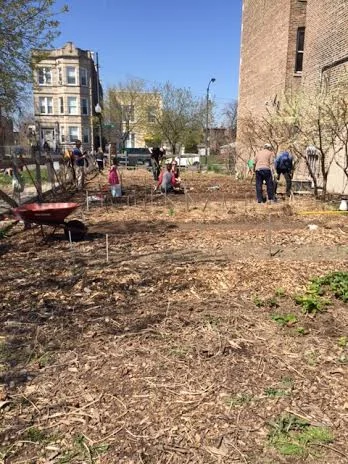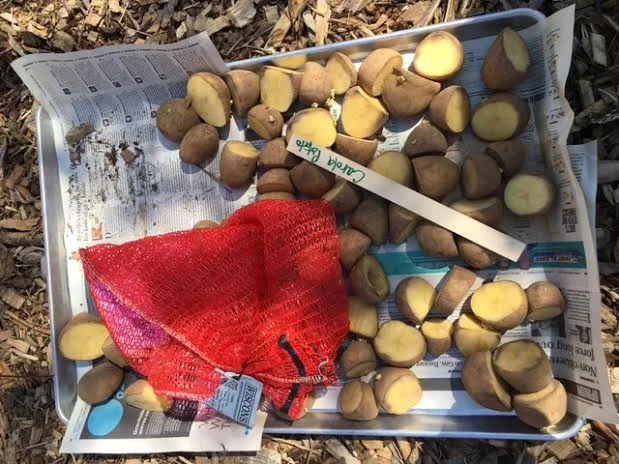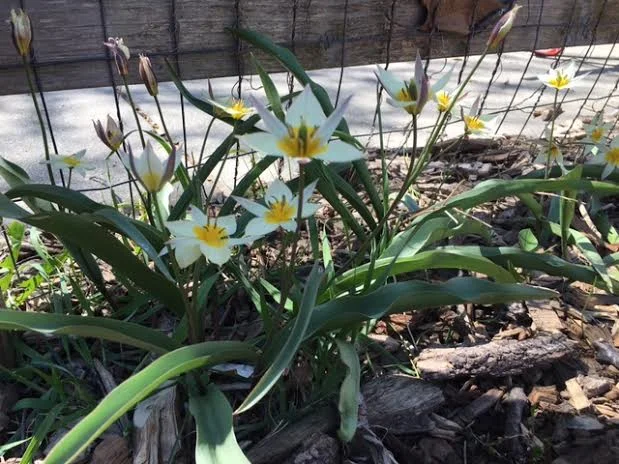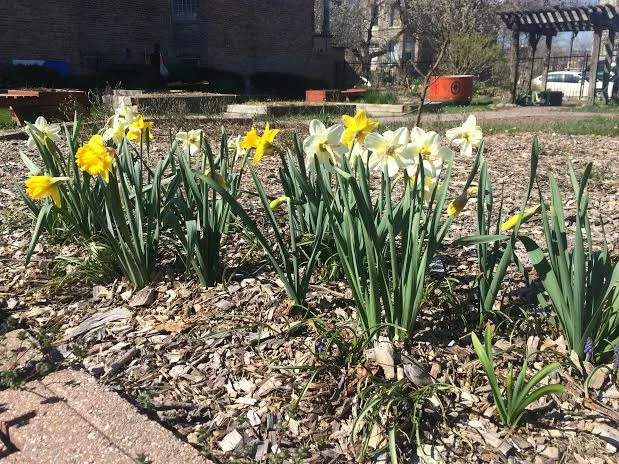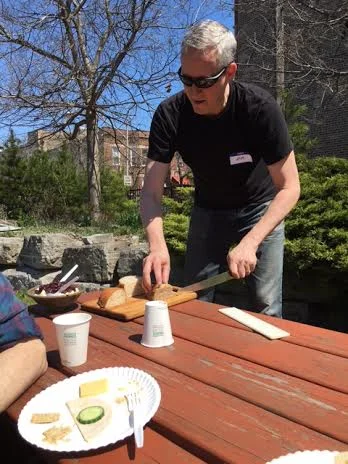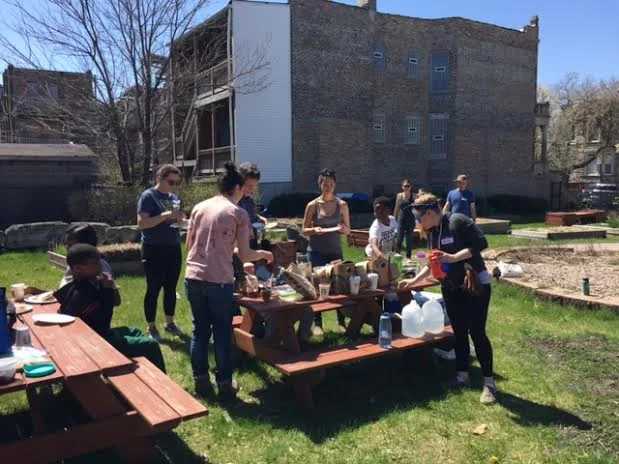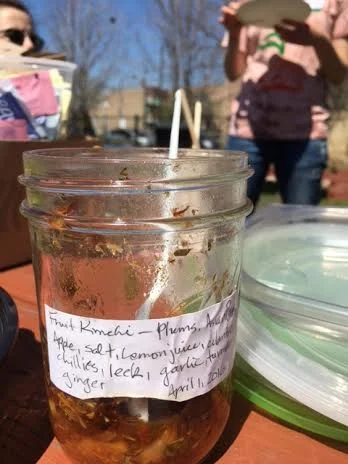Your Ticket to This Years Farm Roast Celebration is So Much More Than Just a Ticket to Our Most Delicious Event of the Year
/Every year, we gather and celebrate local farmers and producers along with the chefs, mixologists and purveyors who make their ingredients shine. The Farm Roast is a time where rare and distinctive ingredients on the Ark of Taste, a living catalog of heirloom varieties at risk of extinction, are front and center. From a dairy free horchata made with oat milk using oats sourced from Three Sisters Garden in Kankakee, IL to farro tabouleh with feta, mint, cucumber and Moon and Stars watermelon sourced from Stewards of the Land to a Cherokee Purple tomato jam - you'll find a diverse selection of drinks and dishes at this event.
But beyond being a celebration of biodiversity, the Farm Roast is also a fundraiser that helps Slow Food Chicago to be able to provide travel scholarships for community members and good food advocates so that they may have the opportunity to attend Terra Madre Salone del Gusto in Turin, Italy. This biennial global food conference happens in late September and brings together those dedicated to good, clean and fair food - artisan and small-scale food and wine producers, as well as a forum of exchange for producers and consumers. This year, over twenty individuals will be attending the international conference from the state of Illinois. So in buying your ticket to the 2018 Farm Roast, you are not only endorsing good food values by supporting local farmers and producers, but you are sponsoring the trip of a local midwestern food activist.
Profiles of this year's delegates are below. Don't forget that you have the chance to meet a handful of these delegates in person at our Terra Madre delegate breakout session (happening at 4:15pm). The panel is free to attend, but advanced registration is encouraged.
Thank you, as always, for your support of our vision that our environment, culture and economy are profoundly affected by what we choose to eat. We believe that everyone should have access to high-quality food produced in a sustainable and equitable way. And when you partake in an event like that farm roast, you are voting with your dollars in alignment with this view.
See you at the Roast!
-k
Katie Johnson, Slow Food Chicago co-President
What: Slow Food Chicago's Annual Farm Roast Celebration
When: Sunday, September 9th, 2018 / 2pm-5pm
Where: Local Foods parking lot (1427 W. Willow Chicago, IL)
Tickets: Purchase general admission and breakout session tickets here.
